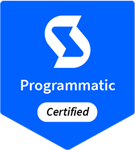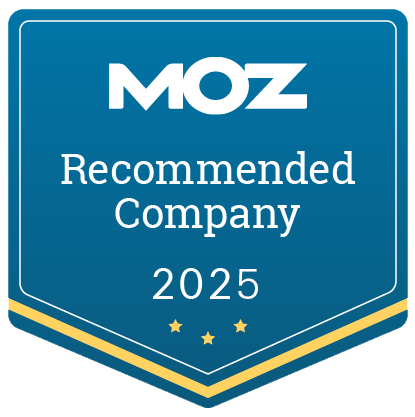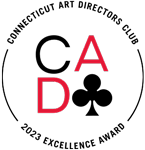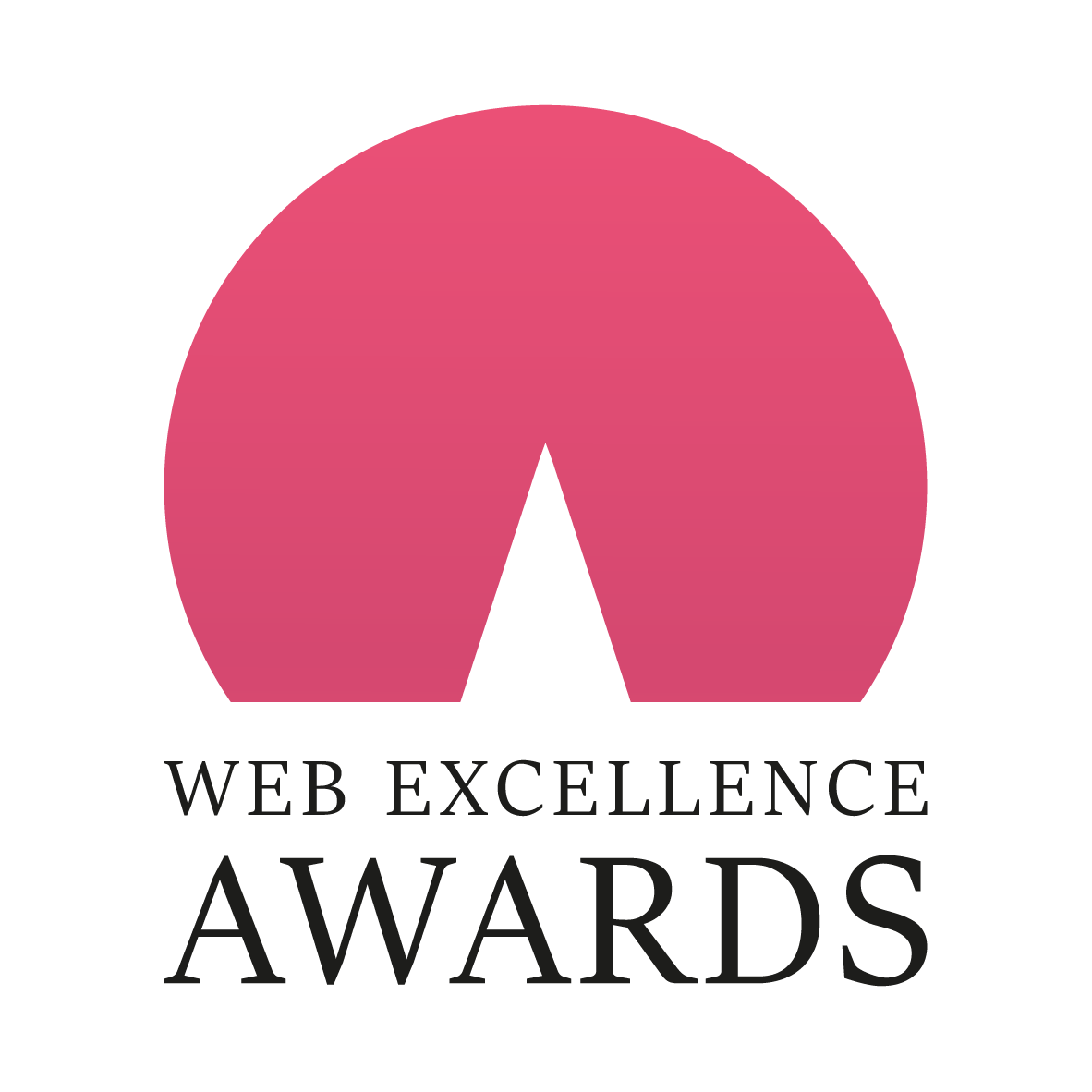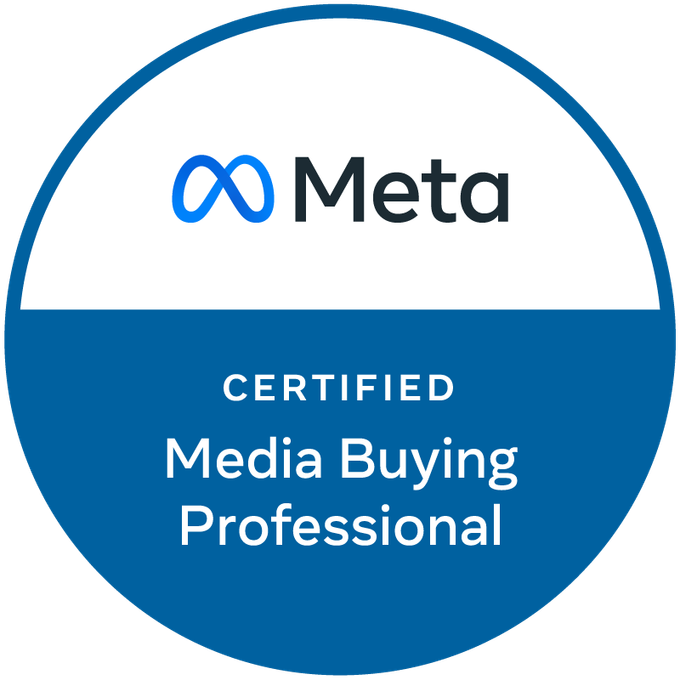Due to the circumstances surrounding COVID-19 (Coronavirus), many employees are adjusting to working remotely. Shifting the workplace from the office to the home can be disruptive and challenging, and employees need the tools to make this shift easier. At Zero Gravity Marketing (ZGM), we are fortunate enough to be familiar with remote work prior to the Coronavirus, and we’re happy to share our tips for success.
We use these tools whether we’re working from home or not, but they’re especially helpful during this time. Bonus: Many of them can integrate with each other!
Here’s a list of our favorites:
1. Slack
In-person conversations between employees are instant and usually casual. When this isn’t possible, a messaging platform that replicates this, and in an organized fashion, is exactly what you need.
Not everything has to be an email—Slack helps clean up your inbox by providing a space for internal communication. Slack also has built-in voice and video calling capabilities.
One great way that Slack allows you to organize conversations is through categorized channels. For example, if you have an announcement you want everyone to hear, like a birthday or achievement, you can create a channel for that. If you want to have a one-on-one conversation, you can do that too. Creating channels for specific projects is useful because you can communicate with only the people you need to, and participants can join and leave as needed.
Slack also provides visibility. If you’re on a call or in a meeting, you can adjust your status to available or away and you can even snooze notifications when you don’t want to be disturbed.
2. Bonus.ly
Bonus.ly is a personal recognition and rewards program that boosts company culture and increases motivation. It’s a fun way to keep spirits high, which is especially important in times of uncertainty when we need positive reinforcement.
The concept is pretty simple: Team members give each other points (Bonus.ly’s form of currency) to show appreciation for and recognition of hard work. Points can be exchanged for rewards including a variety of gift cards or charitable donations.
Each person is granted a monthly allowance to give away at the start of the month. The points must be used during that month and don’t roll over into the next one, which creates incentive to give kudos to each other consistently. And if you want to provide visibility of recognition to the whole department or even to the company, you can integrate Slack with Bonus.ly.
3. Asana
Without proper organization, working from home can make managing projects with other team members difficult. Asana is a project management platform that keeps tasks, goals, deadlines, and their corresponding assignees organized in one place.
At ZGM, we use Asana all day every day, and when face-to-face collaboration isn’t an option, it brings transparency to the status of projects and the roles of each contributor.
4. Timeneye
When you want to keep track of the time spent on projects, whether it’s for billing purposes or not, Timeneye is a great tool. When making the transition from everyday office life to working from home, the schedules we’re accustomed to no longer exist, so it’s useful for employees to see how much time they’re actually spending on projects. To track billable hours, you can pull a comprehensive report to see how much time the team as a whole is spending on a particular project.
If your company has never tracked hours, it can be tricky to transition your employees into doing so, especially while working from home. But, with the Asana integration, it’s easy for employees to start a timer when they begin to work on a task and stop it when they’re done.
5. UberConference & Zoom
The shift in the way we communicate while working from home can result in feeling isolated or disconnected from the team. Video conferences are a helpful solution. They’re more engaging and offer a great solution that mimics the in-person communication we’re missing.
Both UberConference and Zoom offer free plans that include a chat feature and screen sharing capabilities and accessibility is easy on both platforms—you can provide a shareable link to anyone you wish to invite to the call.
To help businesses communicate with employees during COVID-19 and to ease disruption, UberConference’s free version now allows up to 50 people on a call with a five-hour duration limit while Zoom’s comparable plan hosts up to 100 participants with a 40-minute duration limit.
6. Google Docs
Google Docs is a free tool used to create, edit, save, share, and collaborate on documents from any device with an internet connection. It’s easy to navigate for those with any knowledge of Microsoft Word or Excel.
The reason Google Docs is especially useful while working from home is its accessibility and that it allows for real-time collaboration. Multiple people can view and edit documents at the same time, and you have visibility of who’s working on it.
7. Google Data Studio
Data Studio is a data visualization tool that acts as a one-stop-shop for insights into your marketing campaign performance.
It translates real-time data into reports that are easy to understand, without losing any of the details.
These cross-channel marketing reports are customizable and can collect data from up to 12 different sources, such as MailChimp and Google Analytics.
Like Google Docs, it’s free, and easily shareable with a link. Since companies are unable to review reports in person and as a team right now, sharing a link gives everyone a chance to see a campaign’s status from every angle.
With or Without COVID-19, We Can Stay Productive While Working from Home
We understand that the effects of the COVID-19 are disruptive for many industries, and we’re happy to help you navigate this situation. Reach out to us to learn more about how we can help your business adjust your marketing strategy during these times of uncertainty. As always, the Zero Gravity Marketing team is here for you— contact us for more details.

